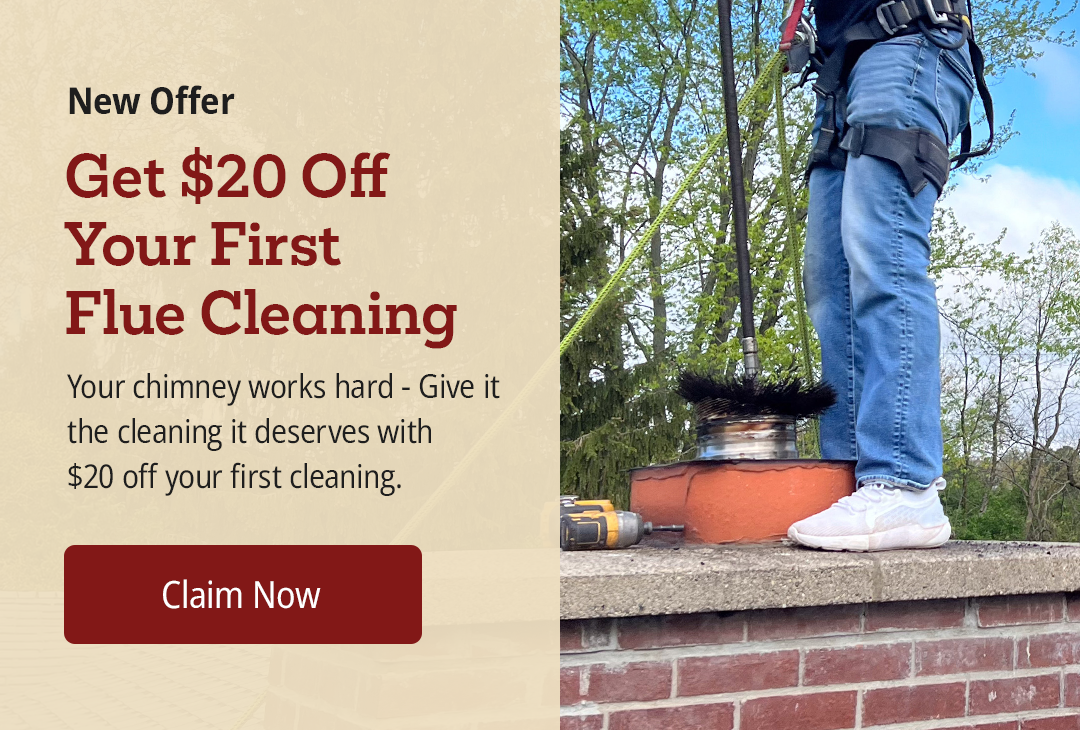Understanding Chimney Liner Safety
The safety of New England homeowners’ wood-burning fireplaces and heating appliances during the region’s cold winters is heavily reliant on the chimney liner. A compromised chimney liner, such as one with cracks, significantly increases the risk of fire and exposure to dangerous carbon monoxide fumes. Therefore, maintaining a proper chimney liner is vital for home safety.
Why Your Chimney Needs a Liner
An unlined chimney is akin to walking around Providence in freezing weather wearing a windbreaker. The unlined jacket may provide some protection, but it won’t keep you nearly as warm as a fully lined winter coat. We can break down the chimney liner into its three primary benefits:
- Protection from Heat Transfer: The liner insulates the flue, preventing the intense heat from flue gases from reaching and igniting combustible materials surrounding the chimney structure, dramatically reducing the risk of house fires.
- Protection of Masonry: Flue gases are corrosive and can degrade the chimney’s interior masonry walls. The liner protects the masonry from this damage, preventing deterioration and blocking hazardous gases like carbon monoxide from seeping into living spaces.
- Efficient Venting: It also provides a smooth pathway for efficiently venting smoke and combustion gases when using your fireplace. Cracks in the liner can disrupt this flow, allowing heat and gases to seep through the masonry. Thus, it increases the risk of fire and exposure to carbon monoxide poisoning.
Types of Chimney Liners
Two main types of liners are common in eastern MA and RI, each with a different lifespan:
- Clay Tile Chimney Liners: Common and economical, clay chimney liners typically last 5 to 15 years. However, they are prone to cracking and require frequent repairs.
- Metal Chimney Liners: Lightweight, safe, and durable, stainless steel chimney liners are a more significant investment. They are rust and moisture-resistant, require less maintenance, significantly improve heating efficiency, and offer a longer lifespan of approximately 15 to 25 years.
When should you reline your chimney or replace the liner?
Statistics show that nearly half of all U.S. home heating equipment fires occur between December and February, with January being the peak month. In Massachusetts alone, heating equipment fires, many involving chimneys and flues, cause millions in property damage annually.
Therefore, annual inspections and cleanings are a necessity. Organizations like the Chimney Safety Institute of America (CSIA) and the National Fire Protection Association (NFPA) emphasize that unlined or poor-quality liners constitute a significant fire hazard. These yearly checks can identify cracks, deterioration, and excessive creosote buildup, signaling the need for repair, relining, or replacement.

New Heating Unit? You May Need a New Liner
When upgrading or installing a new heating appliance, it’s essential to consider the chimney liner’s compatibility. Different appliances require specific flue sizes for optimal performance and safety. For instance, a new, more efficient wood stove might require a smaller flue than your existing setup, necessitating a new liner installation to prevent creosote accumulation and ensure proper drafting.
Chimney Liner Inspections | Relining | Installation Near Me
Having chimney liner troubles? Since 2009, we have been dedicated to serving homeowners in Eastern MA and RI with superior chimney inspections, liner installations, and relining services. As a family-owned and operated business, Horizon Chimney Services prioritizes honesty, professionalism, and reliability, ensuring you can safely enjoy your fireplace and stove. Contact us today to schedule an appointment with a Certified Chimney Sweep®.

